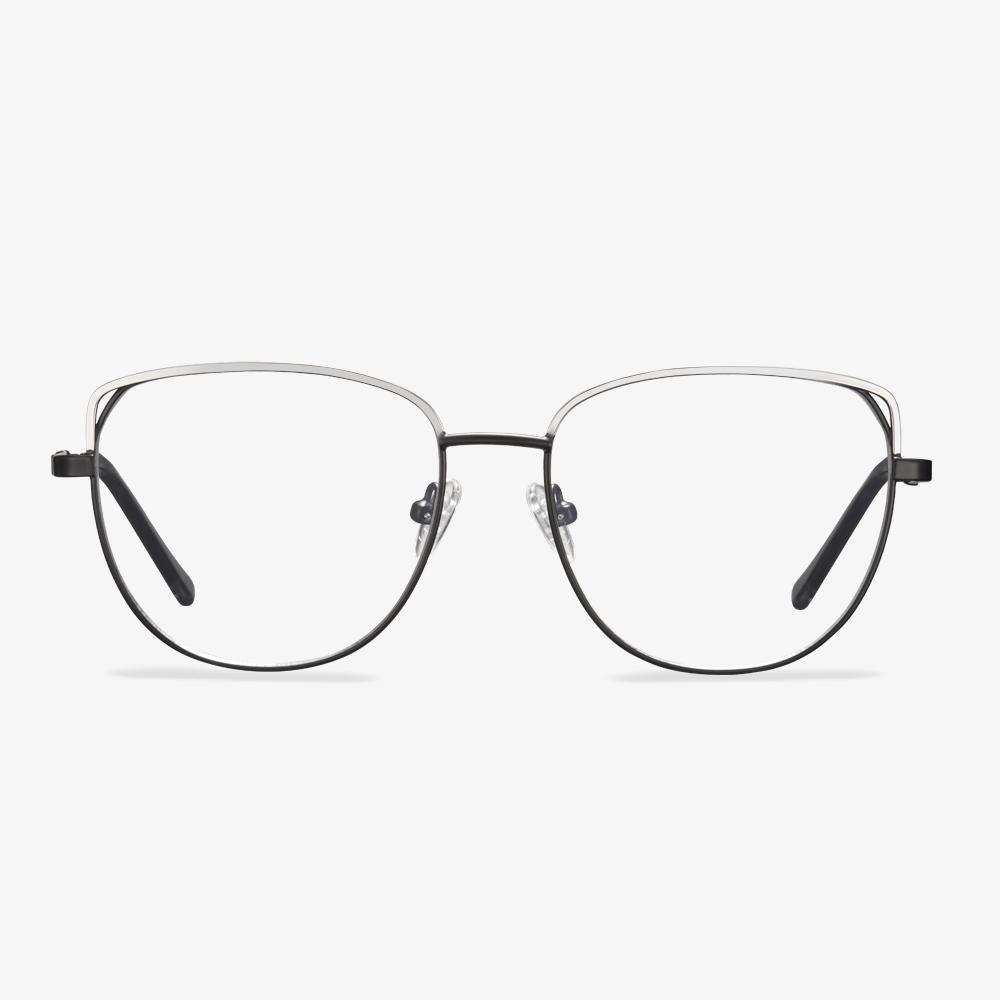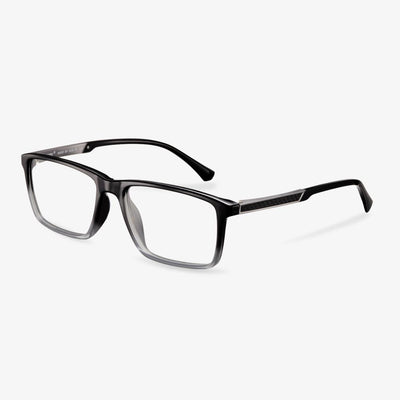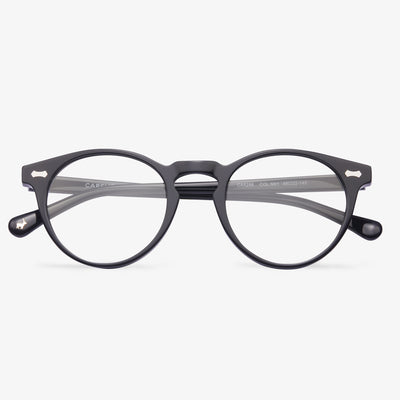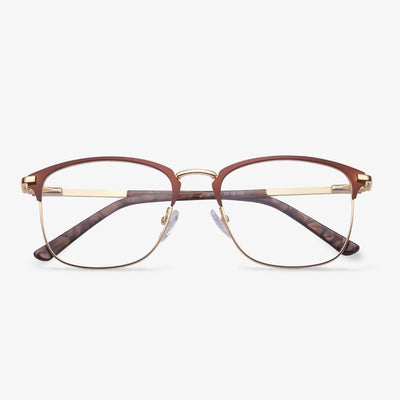Sunglasses for Fishing under $50 - Beishidun
The price is more favorable, and the function can be adjusted according to the strength of the sun's light. On sunny days, they can filter glare, protect the eyes from light stimulation. When they are worn on cloudy days, the lenses will lighten according to the light, preventing dimness of vision. ?And wearing comfort is also good. Traveling, climbing, driving, and so on can be used. ?As an emerging brand in recent years, the current user's popularity in the market is not small. In the design and functionality, they can meet the public, and at the same time, the cost performance is good.
Virtual try-on service
Previously, the only way to buy glasses online was by looking at pictures or reviews. But no matter how real the picture is and how good the buyer's feedback is, more than 80% of them will feel inappropriate once they try it on their face. Either the glasses don't match the shape of the face, or the color doesn't match the skin tone, etc.AR glasses virtual try-on can realize glasses online try-on. Using the phone's camera, users can look at the glasses and try them on their faces. They can turn their head in real-time to see how the glasses look at different angles. Online shopping should be tried on before purchase.
Why do you need blue-light-blocking glasses?
High-energy blue light would penetrate the lens and directly enter the retina, causing the atrophy and even death of retinal pigment epithelial cells. The death of light-sensitive cells will lead to vision loss or even complete loss, which is irreversible. Blue light at 415 nanometers to 455 nanometers is short, that is, high energy and harmful blue light. This band of blue light would penetrate the lens directly to the center of the macula, causing irreversible damage to the macula. Excessive intake of high-energy blue light would cause confusion of our biological clock, so the damage of blue light should be paid enough attention to.
3 Common Problems with Progressive Lenses
Though progressive lenses are popular to correct some eye conditions, there are also some drawbacks. So, in the following section, we will show you some common problems with progressive lenses.
Dizziness: the three different focal lengths of progressive lenses can make people susceptible to dizziness, as well as vertigo. From long to medium to short distance, the lenses offer a gradient of increasing strength. So, it would have trouble in adapting the glasses for the people who are wearing them for the first time. A common mistake is to look out of the wrong focal length, causing their vision to be blurry and lead to an overall feeling of dizziness.
Peripheral distortion: another common problem of progressive lenses is the way in which they blur peripheral vision. Most glasses cause an initial distortion to vision. However, the three different segments found in these lenses can make that distortion feel more prominent than other pairs of eyeglasses. And most people may need two weeks to adjust to progressive lenses.
Depth perception: Since progressive lenses provide three different prescriptions to see objects clearly for different distances, it is important that you need to move your head instead of your eyes when focusing on objects at different distances. Prior to adjusting to this little nuance, progressive lenses can cause depth perception to feel off.
From the above information, you have known some common problems with progressive lenses. So, you may ask how to adjust the progressive lenses. The most popular way is that you need to wear them frequently.
The main parts of glasses
1. Spectacle lenses
One of the most important accessories for glasses is spectacle lenses. Due to the increase in myopia patients, the demand for spectacle lenses is also very large, but the prices of spectacles on the market are also uneven. To know whether the spectacle lens is good or not, you can't just look at the price of the product, but learn more about the value of the lens itself. For example, the resin lens is lighter and suitable for patients who wear it for a long time. The quality of the optical glass lens is better, and it is not easy to break, suitable for some elderly people.
The quality of spectacle lenses is also a key consideration. The market generally classifies lenses based on their structure, materials, and usefulness. The information on spectacle lenses is mostly chemical substances. It is very beneficial for us to select some good-quality lens materials. It is not only necessary to consider the function of the lens, but also to consider whether the lens material is harmful to the human body. Generally, the crystal stone materials are very safe and reliable, and we can choose carefully.
2. Spectacle frame
Another important figure in eyeglasses accessories is the frame. For those who like lightweight glasses, it is more appropriate to choose ultra-light frames or half frames. However, the frame must have durable and play a good role in maintaining the lens, otherwise, it will lose the meaning of the frame. Of course, the temples are also a part of the frame. There are also nose pads for glasses accessories. Many people have more requirements for nose pads. Generally, they choose soft ones that are not easy to press on the bridge of the nose.
How do myopic glasses work?
The formation principle of myopia is that when the light from the outside world enters the eyeball, it is refracted by the eyeball's refractive system and cannot be accurately imprinted on the retina. The image is in front of the retina. If a concave lens is placed in front of the eye before the light enters the eye, it shifts the focus of the myopic eye from a point in front of the retina to the back, so that it lands directly on the surface of the retina. When parallel light passes through a concave lens, it diverges, meaning that it has already diverged once before entering the eye and then is refracted normally by the eye's refractive system. When the light is refracted through the eyeball, the distance of the image will be longer. So the distance of the image will be correspondingly pushed back compared to the non-divergent light. But it will just fall on the retina, and the image will be accurate in the right place.
What Is Anti Reflective Coating?
Anti reflective coating, also known as AR, anti-glare, no-glare, or glare-free coating, can provide benefits to your vision. Anti reflective coating is added to lenses to reduce glare caused by light hitting the back of the lenses to improve your vision and make your eyeglasses more visually attractive.
Anti reflective coating will eliminate all reflections from the front and back surfaces of your lenses. Hence, more light is able to pass through your lenses which improves your vision. At the same time, fewer distractions are visible and the lenses are hardly noticeable, especially in the dark. So, is anti glare worth it? Most people agree that.


















































